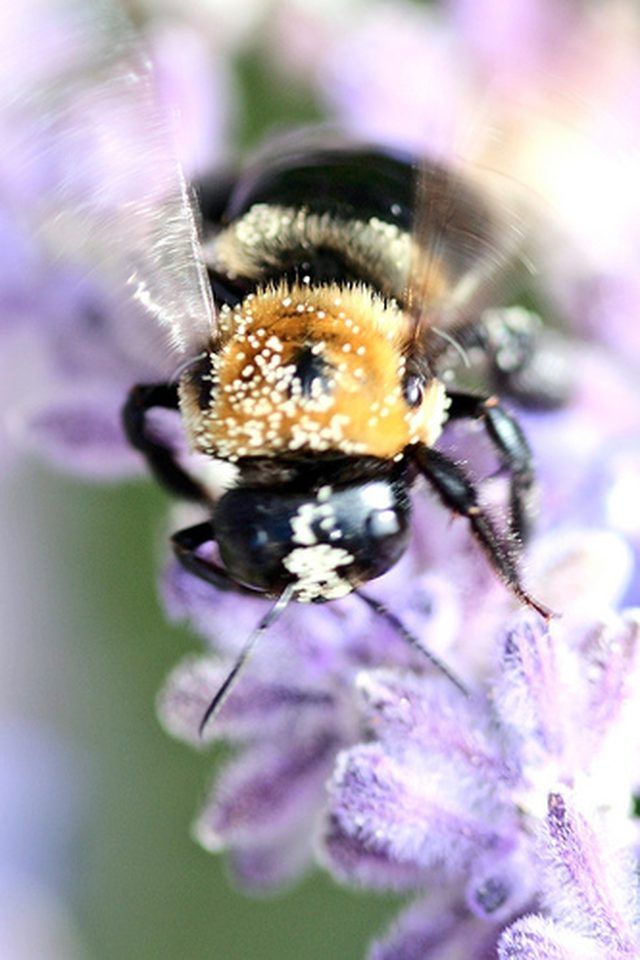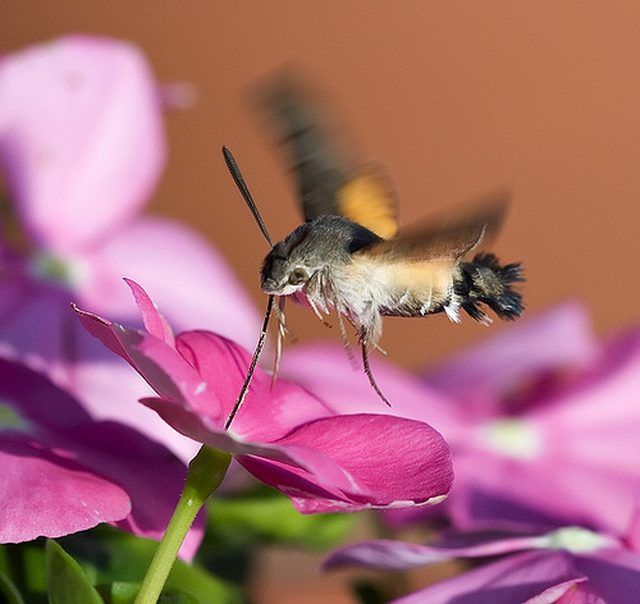Bulbs
Flower Basics
Flower Beds & Specialty Gardens
Flower Garden
Garden Furniture
Garden Gnomes
Garden Seeds
Garden Sheds
Garden Statues
Garden Tools & Supplies
Gardening Basics
Green & Organic
Groundcovers & Vines
Growing Annuals
Growing Basil
Growing Beans
Growing Berries
Growing Blueberries
Growing Cactus
Growing Corn
Growing Cotton
Growing Edibles
Growing Flowers
Growing Garlic
Growing Grapes
Growing Grass
Growing Herbs
Growing Jasmine
Growing Mint
Growing Mushrooms
Orchids
Growing Peanuts
Growing Perennials
Growing Plants
Growing Rosemary
Growing Roses
Growing Strawberries
Growing Sunflowers
Growing Thyme
Growing Tomatoes
Growing Tulips
Growing Vegetables
Herb Basics
Herb Garden
Indoor Growing
Landscaping Basics
Landscaping Patios
Landscaping Plants
Landscaping Shrubs
Landscaping Trees
Landscaping Walks & Pathways
Lawn Basics
Lawn Maintenance
Lawn Mowers
Lawn Ornaments
Lawn Planting
Lawn Tools
Outdoor Growing
Overall Landscape Planning
Pests, Weeds & Problems
Plant Basics
Rock Garden
Rose Garden
Shrubs
Soil
Specialty Gardens
Trees
Vegetable Garden
Yard Maintenance
Pentas Plant Growing Requirements and Sun Light Needs
Pentas Plant Growing Requirements and Sun Light Needs. Pentas is the genus name for the popular flowering plant commonly known as the Egyptian Star. Pentas, native to East Africa, is an annual plant that produces round clusters of star-shaped flowers.
Pentas is the genus name for the popular flowering plant commonly known as the Egyptian Star. Pentas, native to East Africa, is an annual plant that produces round clusters of star-shaped flowers.
Hardiness
Pentas grows best in North American hardiness zones 9 to11 where average winter low temperatures do not fall below 20 to 30 degrees Fahrenheit. Pentas grows easily and are a popular choice in butterfly and hummingbird gardens. To attract both, choose red to purple varieties.

Light
Pentas do best in full sun but can tolerate partial shade.

Cutting Flowers
Not only do pentas flowers work well in cut flower arrangements, but cutting flowers actually helps the plant thrive by producing both more foliage and more flowers. When you cut pentas flowers, be sure to leave at least one leaf node on the stem. If you do this, two more shoots will sprout on the stem.
Fertilizing
Pentas should be fertilized often throughout the growing season with a commercial fertilizer for flowering plants. Apply the maximum amount recommended by the manufacturer.
Insect Control
Treat the soil around your plants with a systemic insecticide designed to prevent infestation by white flies.
Water
Pentas like well drained soil but frequent watering. Soak well any time soil appears dry.